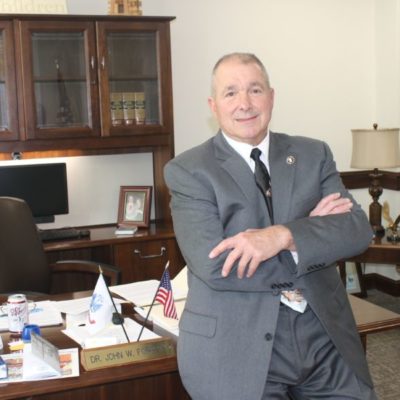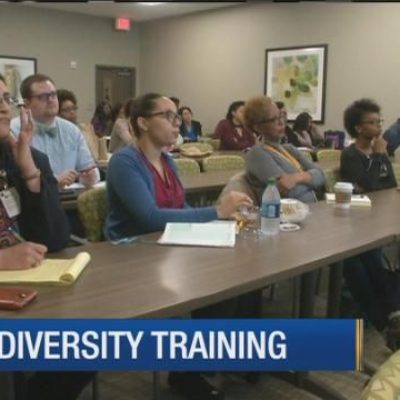Growing a Portfolio of EPSOs
Preparing students to earn a postsecondary credential and have a high-quality career requires a wide range of experiences, including providing students opportunities to earn college credit, an industry certification, or both while they are in high school. But how can we set students up to reach their goals? One clear way is by offering a portfolio of early postsecondary opportunities, or EPSOs. In Tennessee, schools have the opportunity to offer eight different EPSOs to students, and educators across the state are growing their portfolio of EPSOs to meet the needs of all students. Let’s take a look and see how it’s done from two rural Tennessee districts.
 Greg Scott, principal at Milan High School, wants to make sure his students have a “leg up” on their peers when they graduate; that’s why he and the rest of his staff are committed to ensuring every student has access to EPSOs. He explains, “Our strategy at Milan High School is that every student leaves here with a diploma and a plan.” Part of that plan means making sure students have opportunities to earn and articulate credit at postsecondary institutions or earn an industry certification that will allow them to begin a career in an in-demand field. For instance, Milan High School has become a testing facility for the Certified Nursing Assistant certification to meet the needs of the growing healthcare industry in northwest Tennessee.
Greg Scott, principal at Milan High School, wants to make sure his students have a “leg up” on their peers when they graduate; that’s why he and the rest of his staff are committed to ensuring every student has access to EPSOs. He explains, “Our strategy at Milan High School is that every student leaves here with a diploma and a plan.” Part of that plan means making sure students have opportunities to earn and articulate credit at postsecondary institutions or earn an industry certification that will allow them to begin a career in an in-demand field. For instance, Milan High School has become a testing facility for the Certified Nursing Assistant certification to meet the needs of the growing healthcare industry in northwest Tennessee.
Increasing enrollment in EPSOs is not a job for one person, however. Greg credits the almost 20% jump in EPSO enrollment to teachers “being willing to provide opportunities,” and collaboration with industry leaders who are “thirsty” to promote industry certifications. But what was the biggest sell in creating community buy-in? Aligning EPSOs to the growing career fields in his community. Here’s one example: Recently, Tyson Foods announced it will build a new facility in a neighboring county, and the company needs more workers skilled in industrial maintenance. In collaboration with TCAT Jackson, Milan High School is now offering two industry certifications through a dual enrollment partnership. Greg challenges district’s to consider their student body. Use patterns in postsecondary enrollment and job placement to, “figure out what [students] need and…exhaust every resource to provide it.”
Meanwhile in southeast Tennessee, Clint Baker has made it his mission to offer a portfolio of early postsecondary opportunities to students in Meigs County. Although many in his community live in poverty, Baker has been able to increase EPSO enrollment by 18% through one key tactic: communication. He explains, “We try to get the word out early and often about the different opportunities we can offer students.” But that means more than explaining what EPSOs are and what classes Meigs County High School offers. Instead, it means linking EPSOs to tangible benefits: increasing ACT scores and reducing the cost of college.
 Students at Meigs County High School do have challenges felt by many across the state. Almost 60% of students are economically disadvantaged; meaning many of them can’t afford expensive exam or enrollment costs. Baker notes his school board, community, and parents have been key in providing opportunities to connect students with grants to ensure they have access to EPSOs, and many students are eligible for fee waivers and support from EPSO vendors, as well. His results show this is working. The 123 graduates at Meigs County High School earned 625 credit hours last year.
Students at Meigs County High School do have challenges felt by many across the state. Almost 60% of students are economically disadvantaged; meaning many of them can’t afford expensive exam or enrollment costs. Baker notes his school board, community, and parents have been key in providing opportunities to connect students with grants to ensure they have access to EPSOs, and many students are eligible for fee waivers and support from EPSO vendors, as well. His results show this is working. The 123 graduates at Meigs County High School earned 625 credit hours last year.
As we continue to celebrate EPSO Week, take a few moments and consider how your district and school could implement practices like these to provide more EPSOs to your students. Setting students up for success requires the work of industry, community, and school leaders.
[Read more at Classroom Chronicles]



